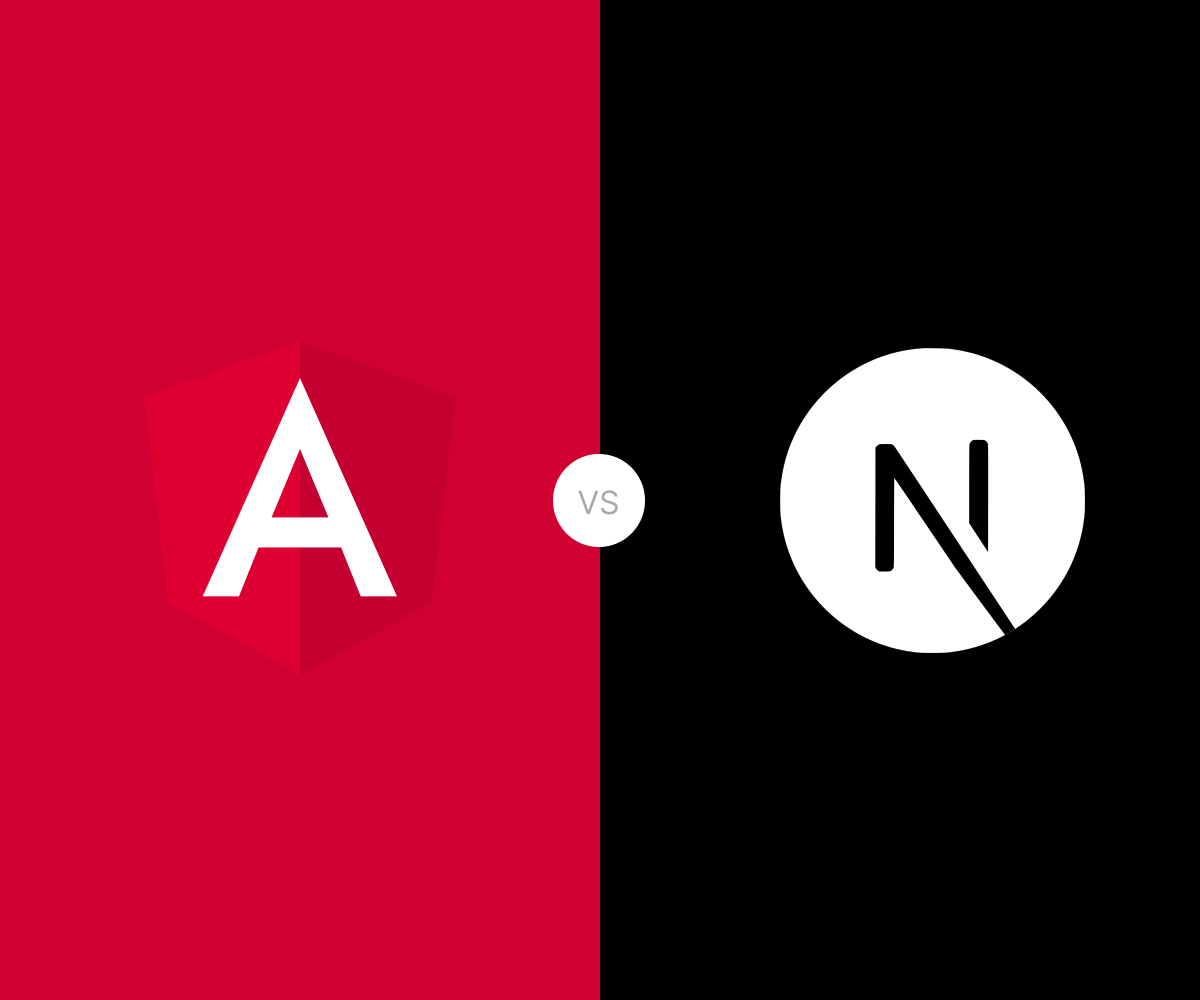Next.js and Angular are both popular JavaScript frameworks for developing web applications. While they share some similarities, they have distinct differences in their use cases and architecture.
What is Angular?
Angular is a single-page application (SPA) framework that provides a robust set of capabilities for developing sophisticated applications. With its large community and wide range of third-party libraries, Angular is a good choice for larger, more complex projects.
Angular also has a robust collection of directives, which are reusable components for creating custom elements and properties. These directives allow developers to extend the HTML vocabulary and create custom elements that can be reused throughout the application.
What is Next.js?
Next.js is a reliable framework for building React applications, with many features that make it easy to build high-performance web applications. We will cover some of its key features in the next section.
Developers can use different rendering techniques, including server-side rendering, static site generation, and incremental site regeneration, to deliver page content for Next.js apps. Additionally, Next.js has a built-in development server, which makes it easy to get started quickly with a new project.
Next.js apps are full-fledged web applications that can be deployed anywhere the Node.js runtime is supported. This is appealing to JavaScript developers who want a uniform set of tools for both client-side and server-side programming.
Angular :
- It provides a comprehensive solution with a complete set of tools for building large-scale applications.
- Angular follows the MVC (Model-View-Controller) architecture, which provides a clear structure for organizing code.
- It has a steep learning curve for beginners due to its complex architecture and extensive documentation.
- Angular offers features like two-way data binding, dependency injection, and a powerful CLI for scaffolding and managing projects.
- Built-in tools like Angular CLI simplify project setup, testing, and deployment, enhancing developer productivity.
Next.js:
- Next.js is a React framework for building server-rendered applications with React.js.
- It simplifies the development of React applications by providing built-in features for server-side rendering (SSR), static site generation (SSG), and routing.
- Next.js is highly flexible and can be used for building various types of applications, including SPAs, PWAs, and SSR-enabled applications.
- It offers a simpler and more intuitive development experience compared to Angular, especially for developers familiar with React.js.
- Next.js supports easy deployment to popular hosting platforms like Vercel (formerly Zeit Now) and Netlify.
Choosing between Angular and Next.js depends on factors such as:
- Project requirements: Angular might be a better fit for large-scale applications with complex requirements, while Next.js could be more suitable for smaller projects or those requiring server-side rendering.
- Developer expertise: If your team is already familiar with React.js, Next.js might be a more natural choice. Conversely, if your team has experience with Angular, sticking with it could be advantageous.
- Performance considerations: Both Angular and Next.js offer good performance, but the choice might depend on specific performance requirements of your project.
Conclusion
In conclusion, there’s no definitive “best” framework between Angular and Next.js; it depends on the specific needs and context of your project.



